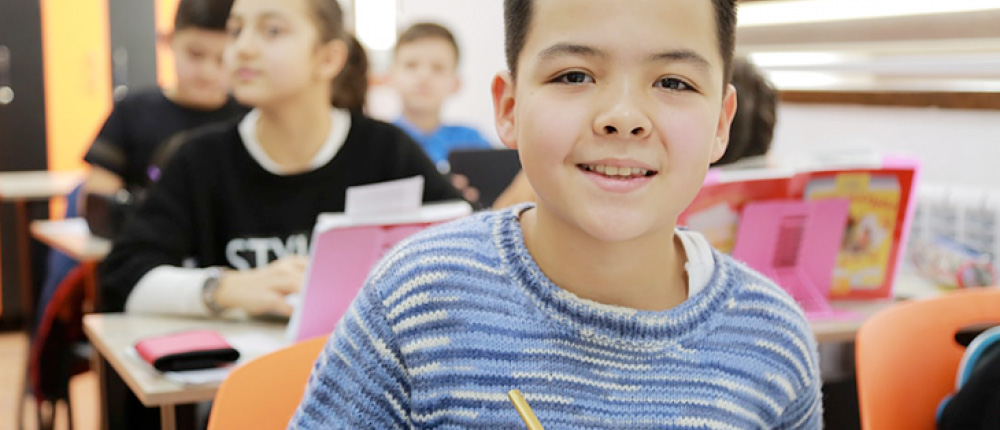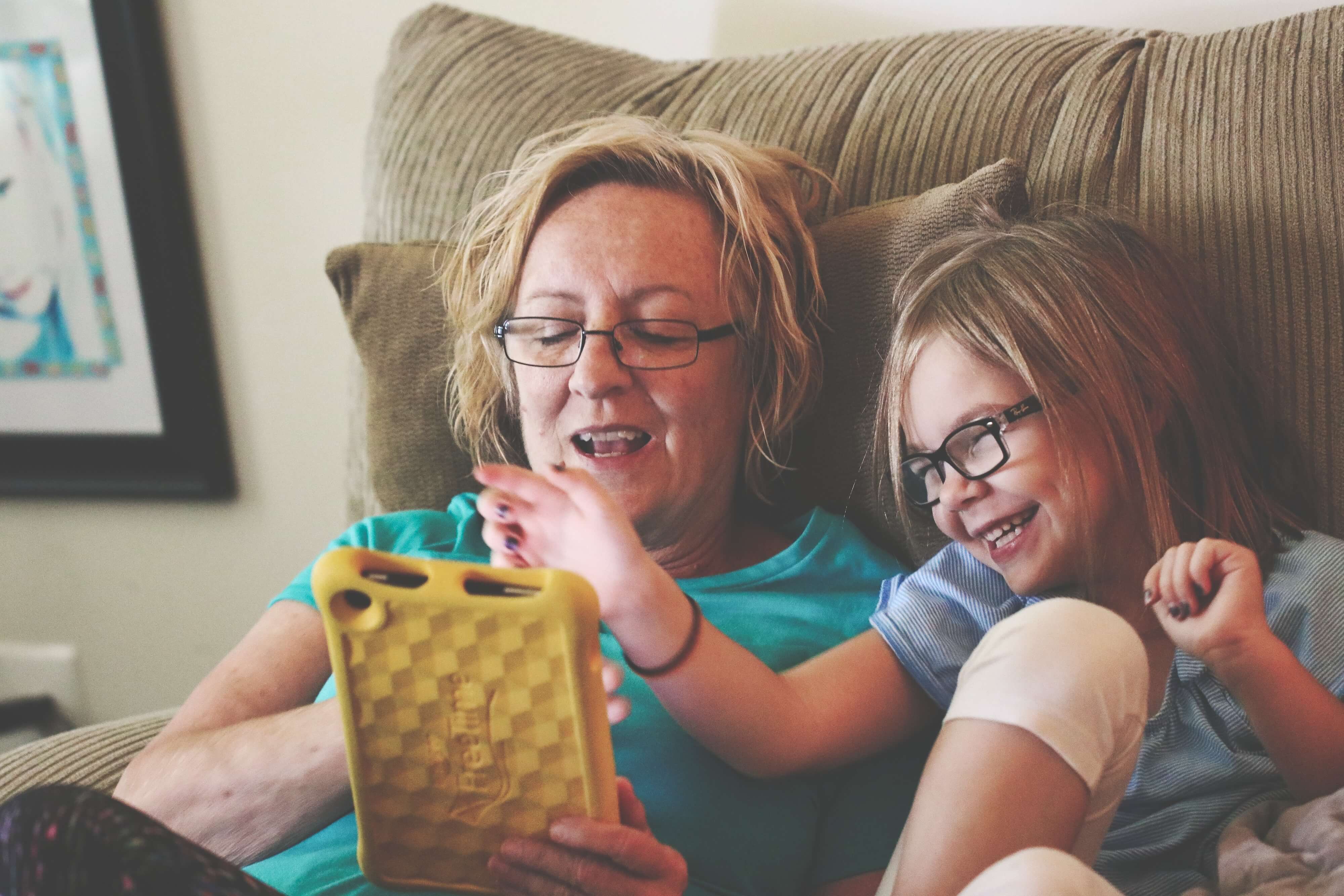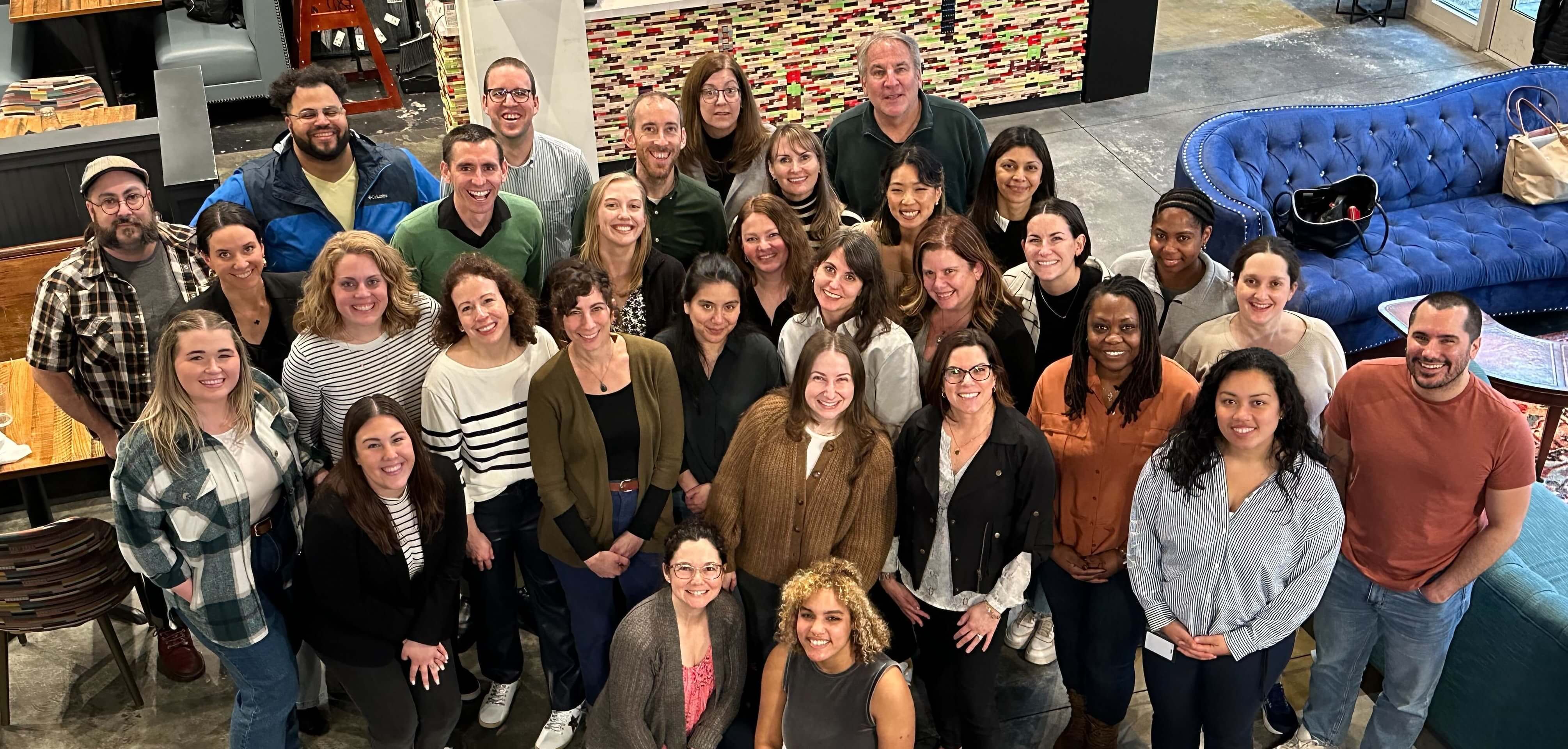Ad Astra Middle School Students Explore the Psychology of Decision Making

To get students excited about becoming better decision makers, help them explore how their minds work, Scott Mueller has discovered. Mueller, who volunteers at Ad Astra School on the SpaceX campus in Hawthorne, California to teach the Psychology of Decision Making class, has observed that his middle school students are motivated to contemplate advanced research about how we form judgments and make decisions because they are able to immediately apply it to improving their lives.
Mueller, the founder of UCode, said his “whole world changed” recently when he read The Book of Why (Pearl and Mackenzie) and Causal Inference in Statistics: A Primer (Pearl, Glymour, and Jewell), which prompted him to pursue a PhD in Computer Science and Artificial Intelligence. He thought, “kids can learn this stuff too” and pitched the idea to the Ad Astra administration for a Causal Inference class that would help students interpret data to identify cause-effect relationships. As Mueller developed the course material, he realized it was also important for students to learn about influences on our everyday decision making. He got inspired to develop the Psychology of Decision Making class, which is based on Thinking, Fast and Slow, Nobel Prize-winning author Daniel Kahneman’s book that describes how the systems in our minds handle decision making, particularly under uncertain conditions.
Psychology of Decision Making, which has a roster of 21 students who are between 12 and 14 years old, covers one chapter of Thinking, Fast and Slow each week. During a typical class, students are eager to launch into Mueller’s discussion prompts and try simple experiments based on the heuristics and cognitive biases that Kahneman researched in collaboration with Amos Tversky. “The kids get it. It’s very readable. And it’s fun,” Mueller said, noting that the students are motivated to carry the conversation and are surprised when “suddenly it’s already time to go.” Students have been fascinated by priming effects, or in other words, what happens when we don’t notice how stimuli like words, images, or music influence our thoughts and behavior. Another cognitive bias that interests them is anchoring, which occurs when we allow an initial piece of information (like the arbitrary list price of a house) to overly influence our subsequent estimates and negotiations before we make a decision. As his students consider these common thinking errors, Mueller recognizes they are often “thinking, ‘How can I use this to my advantage?,’” so he guides them to examine the ethics of those possibilities.
Learning how our subconscious thoughts, changing moods, and desire for cognitive ease can influence our behavior has encouraged students to engage in animated debates about questions like “Are we just a bag of chemicals?” and whether we have free will. Mueller acknowledged that “many of these students are starting to think about these questions for the first time,” so when they had to explain for their midterm exam whether the information in Thinking, Fast and Slow supports or refutes questions surrounding free will, many students begged to write more than the required half of a page.
Mueller believes that engaging subject matter such as psychology concepts “naturally leads students to get excited and converse about it on their own” and direct their learning towards goals like making better judgments and decisions. When he first started teaching Psychology of Decision Making, he prepared lectures and reading checks on Thinking, Fast and Slow, but he discovered that the students gained deeper understandings from the discussions and experiments. “I think this book is amazing for kids,” Mueller said, “but if they had to read it on their own, I don’t know if they’d get the same excitement about it without talking about it with their friends. But I think it is really readable and accessible and valuable for kids.”
Mueller said some of the students’ most valuable takeaways have included questioning their confidence in their judgments and recognizing when to use their intuition or seek more evidence before they make decisions. “I think they’re getting a better overall picture of why we make the decisions we make,” he said. “I had a lot of hope that this class would be valuable and that has not gone down. I am even more hopeful now that this is valuable.”
The Alliance for Decision Education is always interested in working with progressive educators and collaborators who want to teach decision skills to middle and high school students. If you would like to share your ideas or learn more about how you can implement this kind of instructional content in your classroom, please email Connect@AllianceforDecisionEducation.org.

